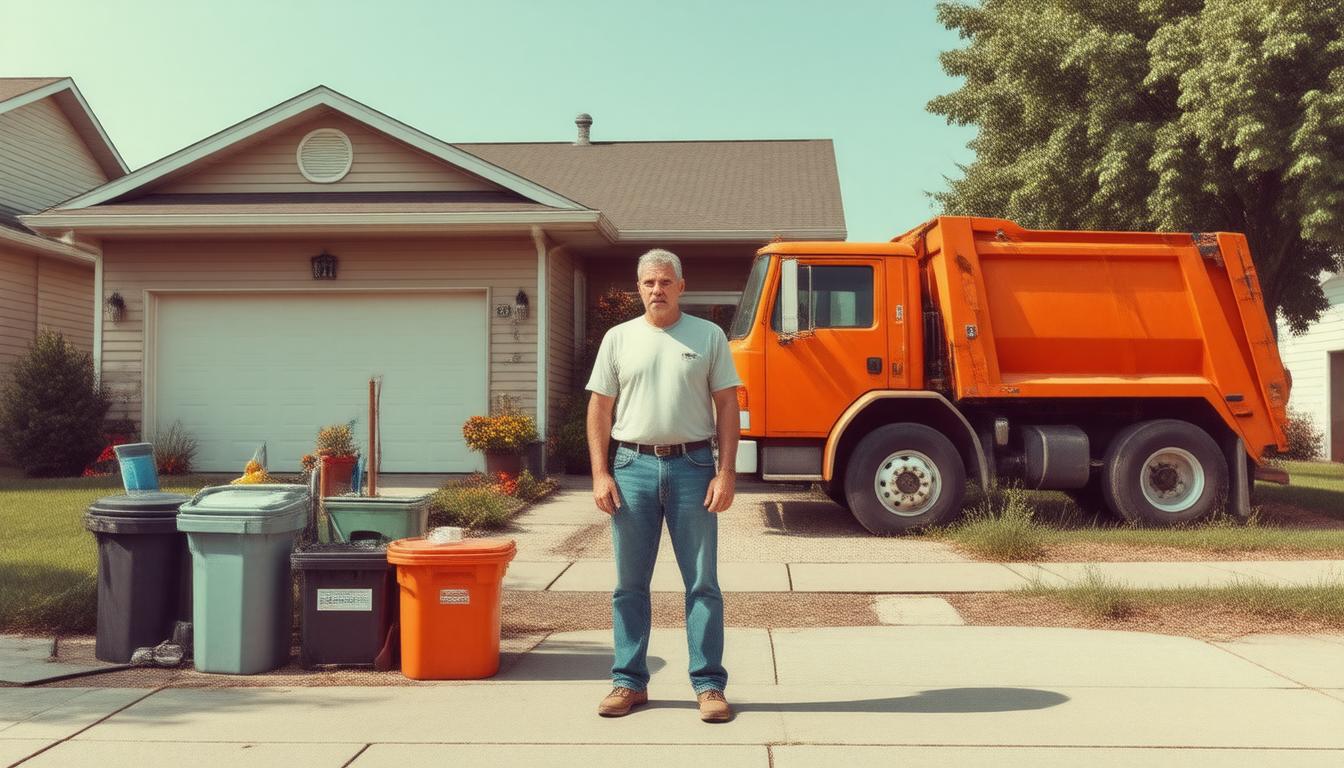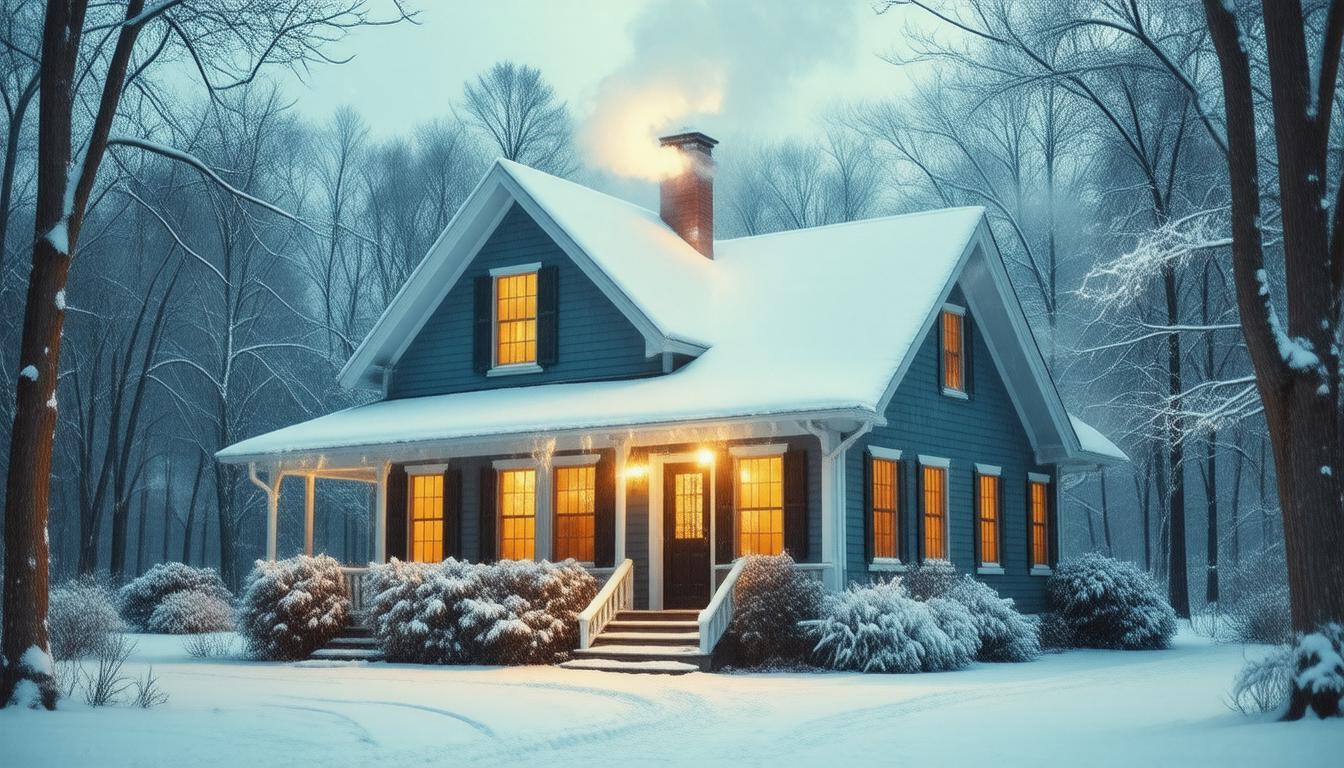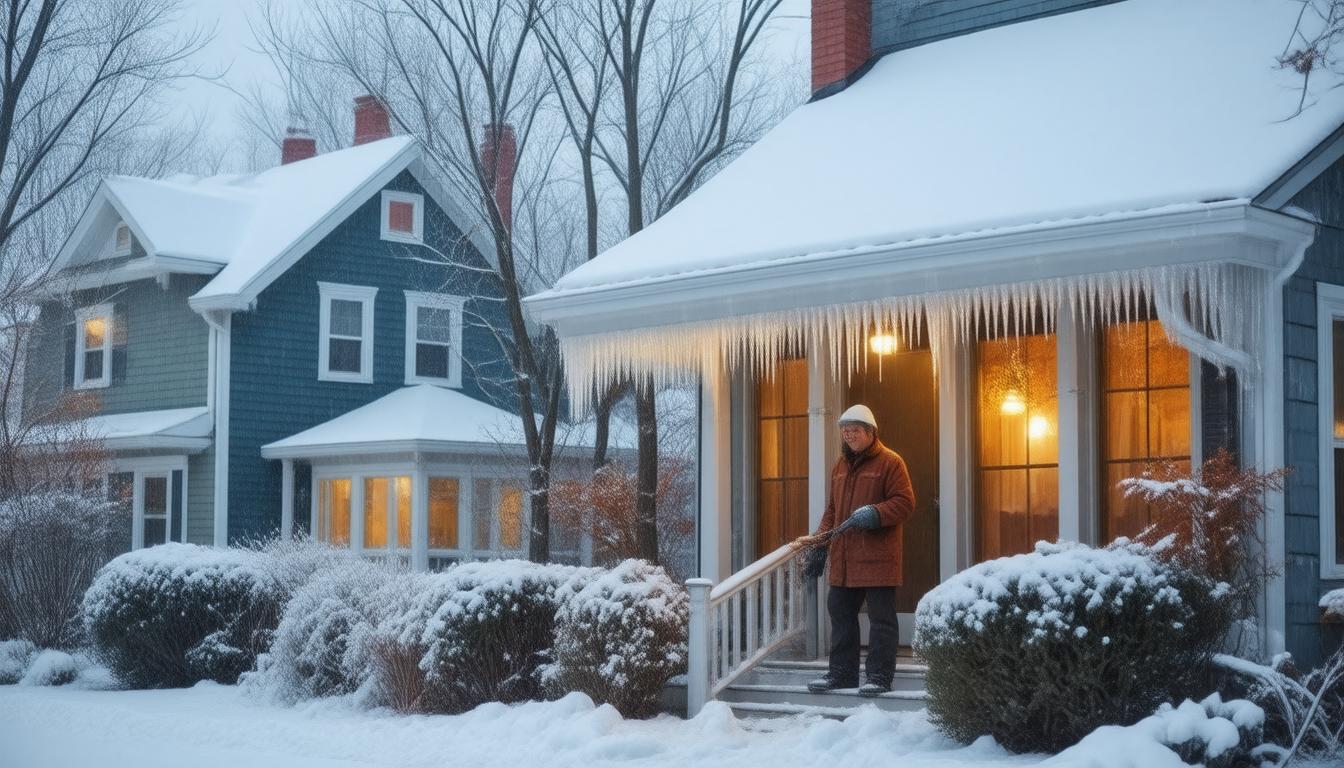
Ventilation is the process of exchanging indoor air with fresh outdoor air, which is essential for maintaining air quality and providing a healthy, comfortable environment. Proper ventilation is critical as it helps to remove stale air laden with pollutants, excess moisture, and odors, which if left unaddressed, can lead to health problems, discomfort, and damage to the building structure.
The importance of ventilation cannot be overstated, as it significantly impacts the indoor air we breathe. Every day, we are exposed to various indoor air pollutants such as Volatile Organic Compounds (VOCs) from paints and furnishings, carbon monoxide from combustion appliances, and particulate matter from cooking and other daily activities. Proper ventilation dilutes and removes these pollutants, reducing potential health risks associated with poor indoor air quality.
The Health Benefits of Clean AirBreathing clean air is fundamental for our well-being. Poor indoor air quality has been linked to a variety of health issues, such as headaches, fatigue, respiratory problems, and exacerbation of allergies and asthma. In the long term, it may even contribute to more serious conditions like heart disease and cancer.
By ensuring adequate ventilation, you can help maintain optimal indoor air quality and support overall health. Fresh air circulation plays a key role in regulating humidity levels, which if too high, can promote the growth of mold and mildew, further aggravating health problems.
Energy Efficiency and VentilationA common misconception is that increased ventilation leads to higher energy costs due to the loss of heated or cooled air. However, proper ventilation systems can achieve a balance between energy efficiency and air quality.
Energy recovery ventilators (ERVs) and heat recovery ventilators (HRVs) are designed to exchange heat between incoming fresh air and outgoing stale air, effectively reducing the energy required to heat or cool buildings. These systems enable consistent air exchange without a significant increase in energy consumption, providing both comfort and cost savings.
Choosing the Right Ventilation SystemWhen selecting a ventilation system, consider the specific needs of the building and its occupants. There are several types of ventilation systems, including natural ventilation, such as windows and vents; mechanical ventilation, such as exhaust fans and whole-house systems; and balanced systems, which combine the benefits of both natural and mechanical processes.
Professional assessment is essential to determine the most appropriate system, taking into account factors like building design, local climate, and the activities occurring within the space. A well-designed ventilation system will not only promote a healthier environment but also contribute to the longevity of the building’s structure by preventing moisture buildup and associated problems.
Maintaining Proper VentilationRegular maintenance is critical to the effectiveness of any ventilation system. Over time, vents can become blocked, filters may accumulate dust and other particles, and mechanical components can wear down. Homeowners and facility managers should develop a maintenance schedule to ensure that their ventilation systems are operating correctly.
Simple actions such as cleaning or replacing filters, inspecting vents and ductwork, and ensuring that vents are not obstructed can make a significant difference in maintaining good air quality. Additionally, staying informed about the latest ventilation technologies and best practices can help in making informed decisions about upgrades and improvements as needed.
ConclusionProper ventilation is an important investment in both personal health and building integrity. By understanding the significance of fresh air exchange, the benefits of cleaner air, and the nuances of energy-efficient ventilation systems, individuals can create safer and more comfortable environments. With regular maintenance and informed choices, breathing easy can truly become a way of life.







